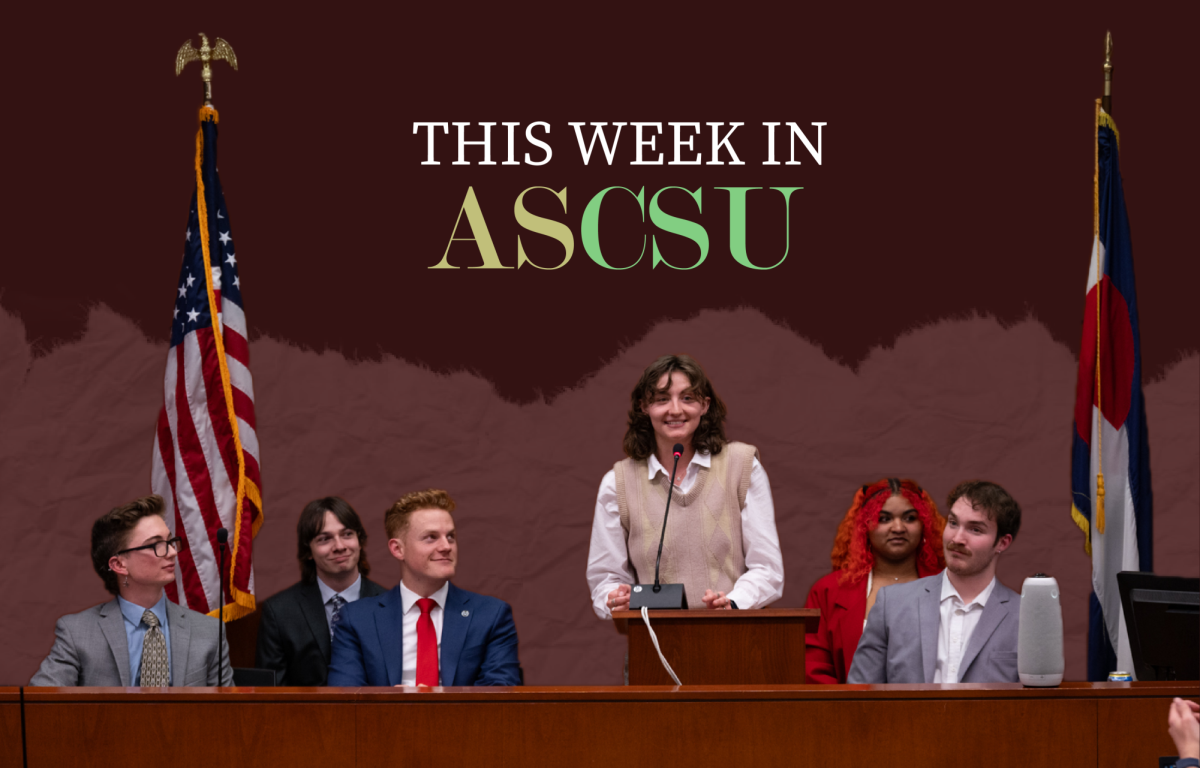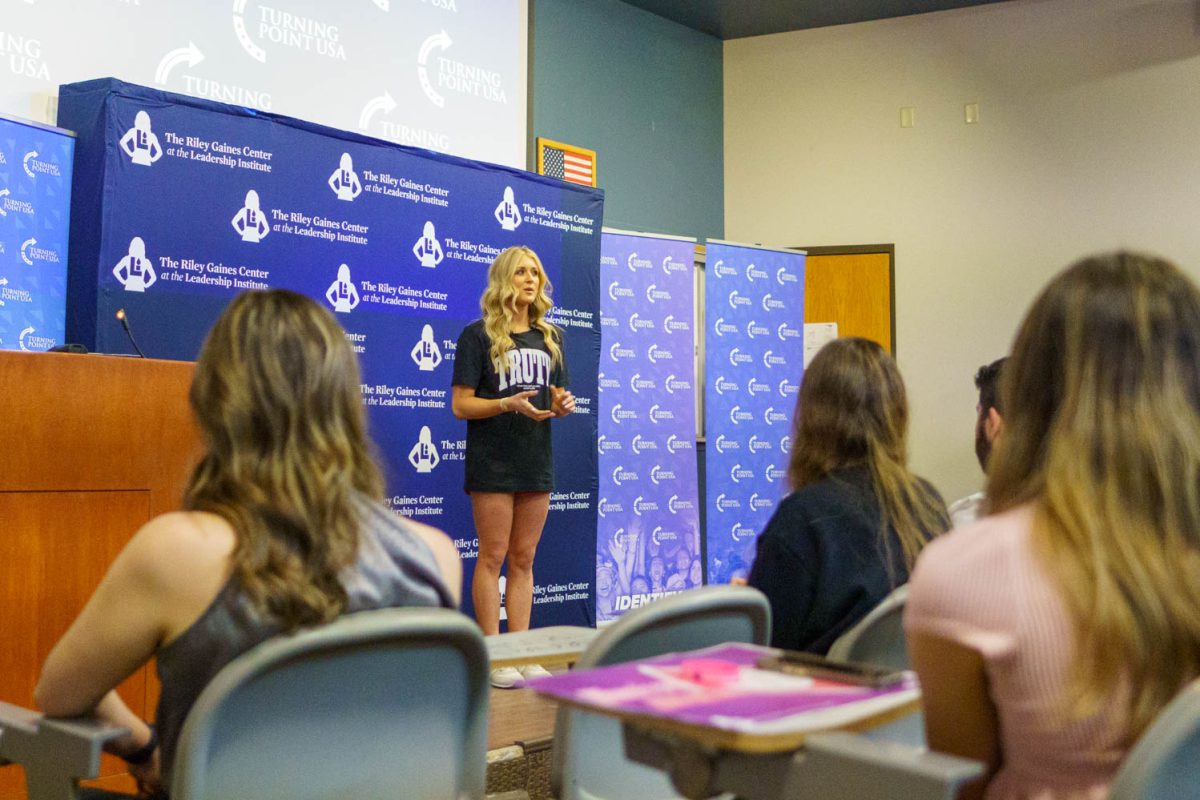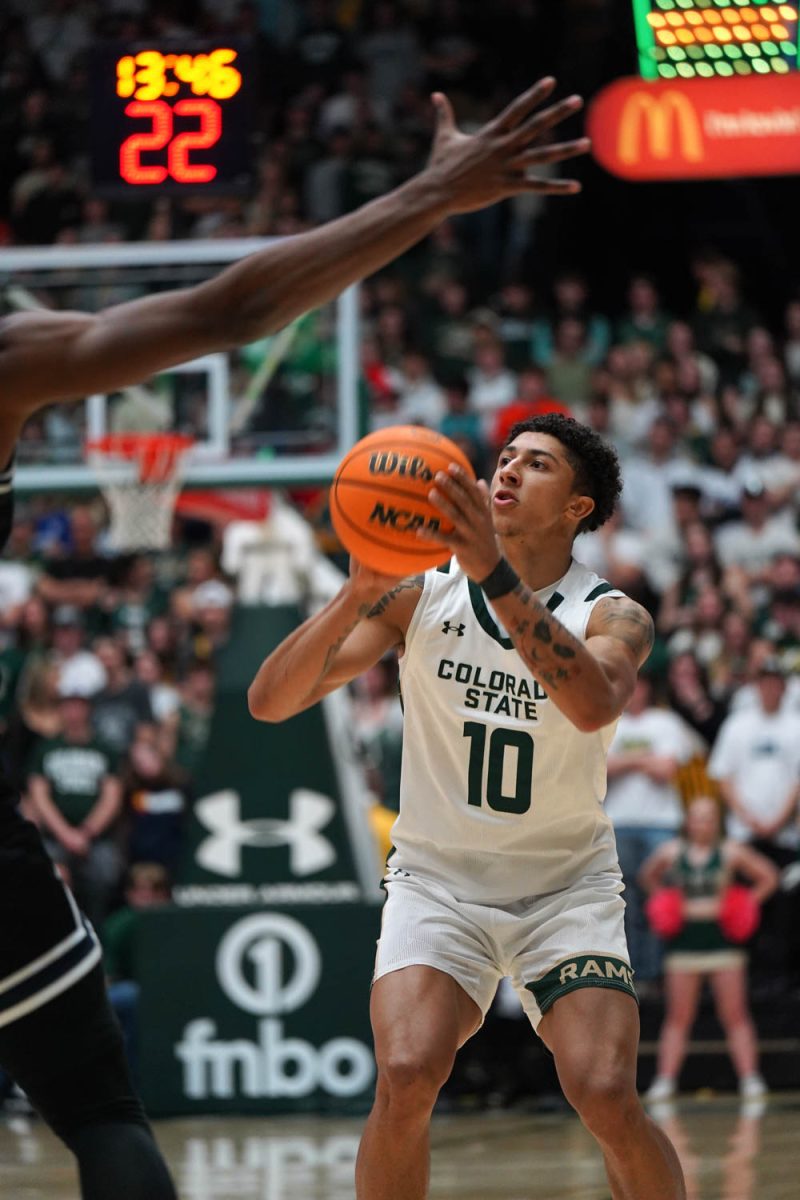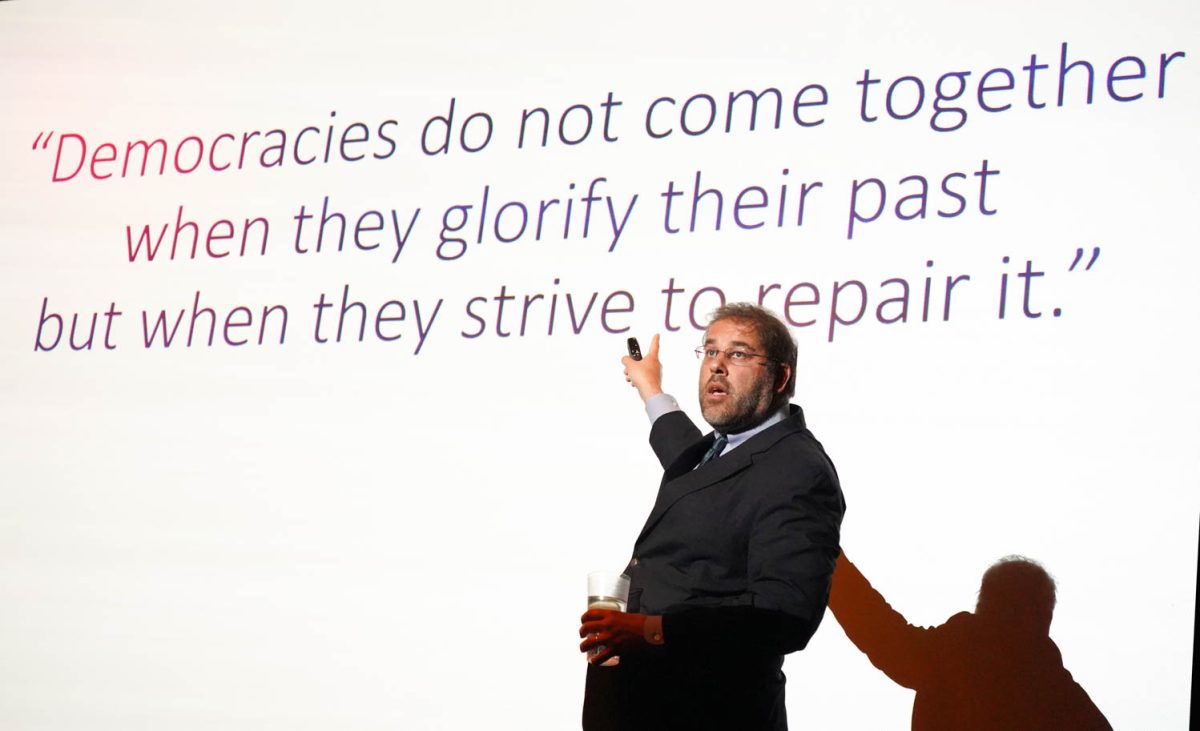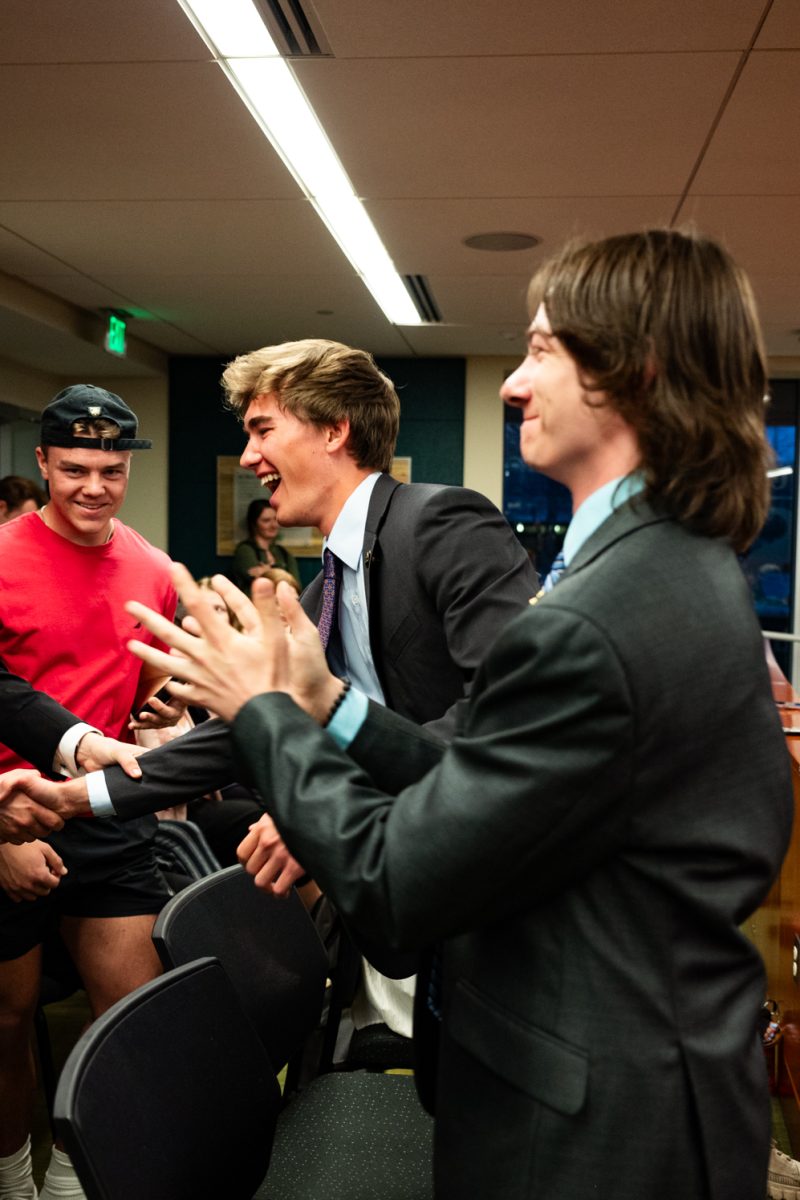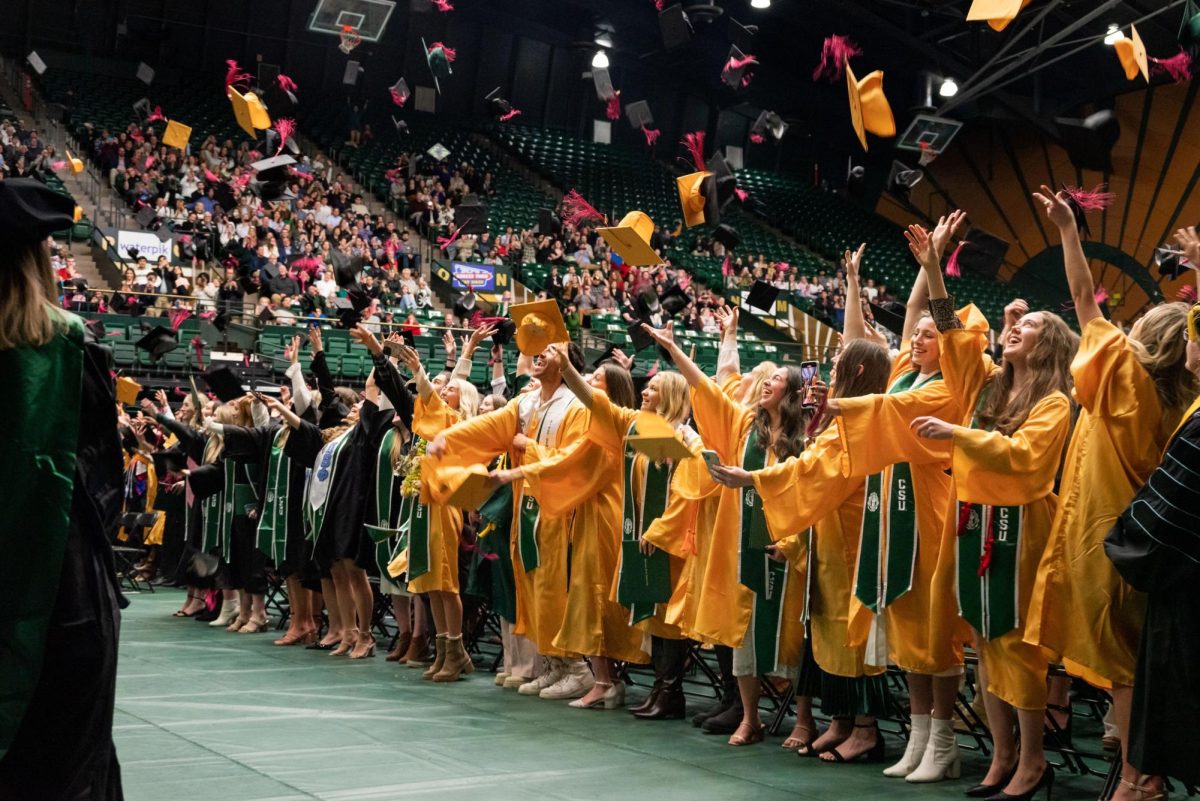The Colorado State University Faculty Council voted 2-1 to send a resolution to CSU President Joyce McConnell’s office that pleads for the reduction of athletics subsidies.
The budgetary problems addressed by the resolution were brought to light by Steve Shulman, an economics professor and member of Faculty Council who has been teaching at CSU for 35 years and has been following the fiscal policy of the University since the construction of Canvas Stadium.
Ad
“We fear that these expenditures on athletics can cut into the resources that are available for academic programs,” Shulman said. “Every single year, the University spends more on athletics, and every single year, the athletic program becomes less self-sufficient.”
The cost of athletics at CSU — particularly the cost of football — continues to rise faster than their revenue, Shulman said. For instance, the most recent subsidy the University gave athletics to cover its costs was over $25 million, and one-third of that subsidy money comes from student fees, “which is essentially a tax on students,” Shulman said.
The other two-thirds of the subsidy comes from the University general fund, which, as a result, takes away from money that could be used to support academic programs, Shulman said.
During former CSU President Tony Frank’s administration, the subsidy to athletics doubled, and if that trend continues, the football program will no longer be self-sustainable, Shulman said.
The University is currently working on the budget for the new fiscal year. The Board of Governors will approve the budget in either late May or early June, said Tim Gallagher, chair of the Faculty Council and professor of finance and real estate at CSU.
The University is currently facing a budget deficit of $9 million, and the current administration is faced with a dilemma to either cut academic spending or reduce the subsidies to the athletic department.
The resolution provides the faculty with a voice in the arena of debate when dealing with such decisions.
“Faculty Council does not routinely pass resolutions which are statements of opinion, but when they feel strongly about something, they do,” Gallagher said.
It’s a matter of determining whether or not the amount we spend on athletics is appropriate given the amount that is spent on academics.” -Tim Gallagher, CSU chair of Faculty Council, professor of finance and real estate
The resolution made it to the floor of Faculty Council in October 2019 and passed 2-1, Gallagher said.
Ad
Gallagher said he then sent the resolution to CSU President McConnell for consideration when preparing the budget for next year.
“It’s a matter of determining whether or not the amount we spend on athletics is appropriate given the amount that is spent on academics,” Gallagher said.
However, CSU Provost and Executive Vice President Rick Miranda said he believes that, in a way, CSU is frugal with spending on athletics.
Miranda said CSU has a $1.3 billion total budget, but when operating costs are accounted for, the amount that is left over was $708.6 million in the 2019-2020 fiscal year. That $600 million amount is called the education and general budget and is the general fund that the University is run off of.
The athletic budget accounts for 4% of the education and general budget, Miranda said. That rounds out to about $25 million to aid athletics. Breaking down the numbers further, $5 million of the support came from student fees in 2018, whereas the other $20 million came directly from the general fund, Miranda said.
When comparing athletics spending to neighboring schools, CSU spent the least amount of money on athletics, Miranda said. Other universities, on average, spend between 6-7% of their budget on athletics, Miranda said.
Miranda said that the athletics program pays back about $10 million of what it gets from the budget in the form of scholarship money for its athletes.
“(Over) two-thirds of the budget is spent on pursuing our primary academic mission and faculty,” Miranda said, explaining that he sees the athletic subsidies as an investment in the culture of CSU.
Every year, the athletics department drafts its budget and presents it to the Office of the President, Miranda said. It is at the president’s discretion whether or not to approve a department running a deficit.
Miranda explained the overall budget is made up of tuition and state appropriation. The deficit accounts for what the budget the University drafted spends over what the University earns in tuition and state appropriation, and that figure is $9 million.
“It has not been clear on where we will have to decrease spending to make up for the $9 million, but in three to four weeks, we will see what happens on the expense side,” Miranda said.
Editor’s note: This story has been updated to correctly characterize the information given by Rick Miranda regarding the nature of some groups of funding and the amount of money in the education and general budget.
Isaiah Dennings can be reached at news@collegian.com or on Twitter @isaiah_dennings.






